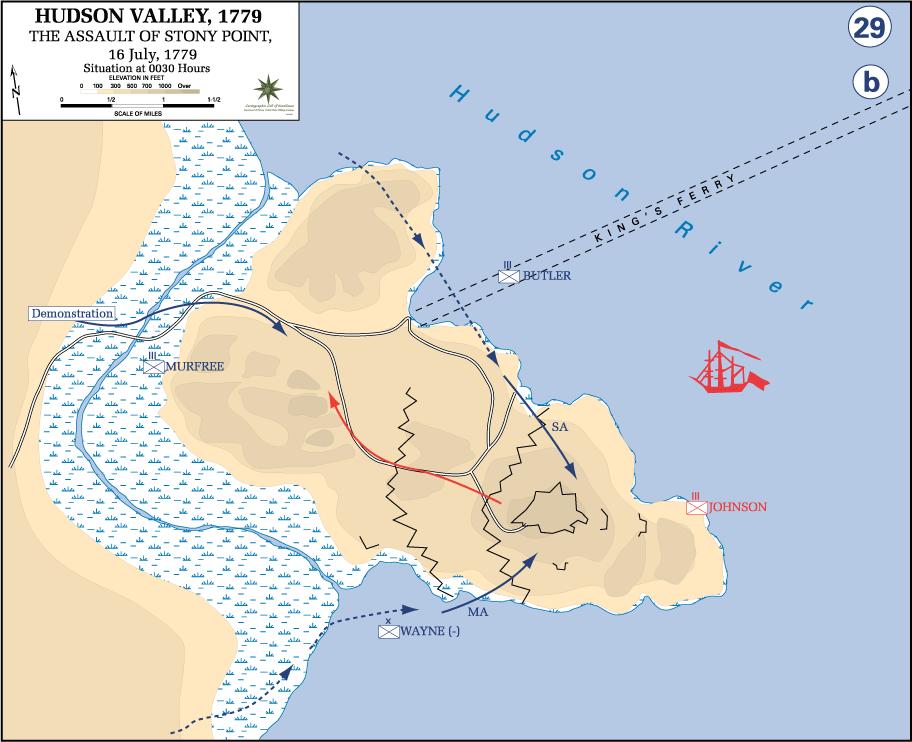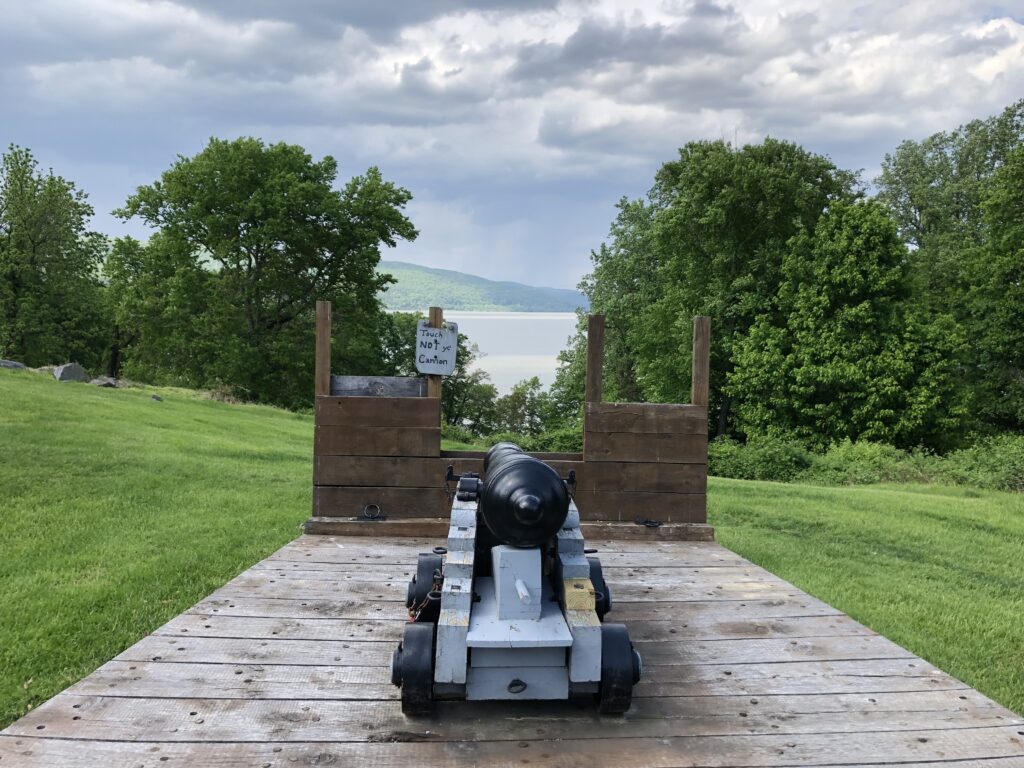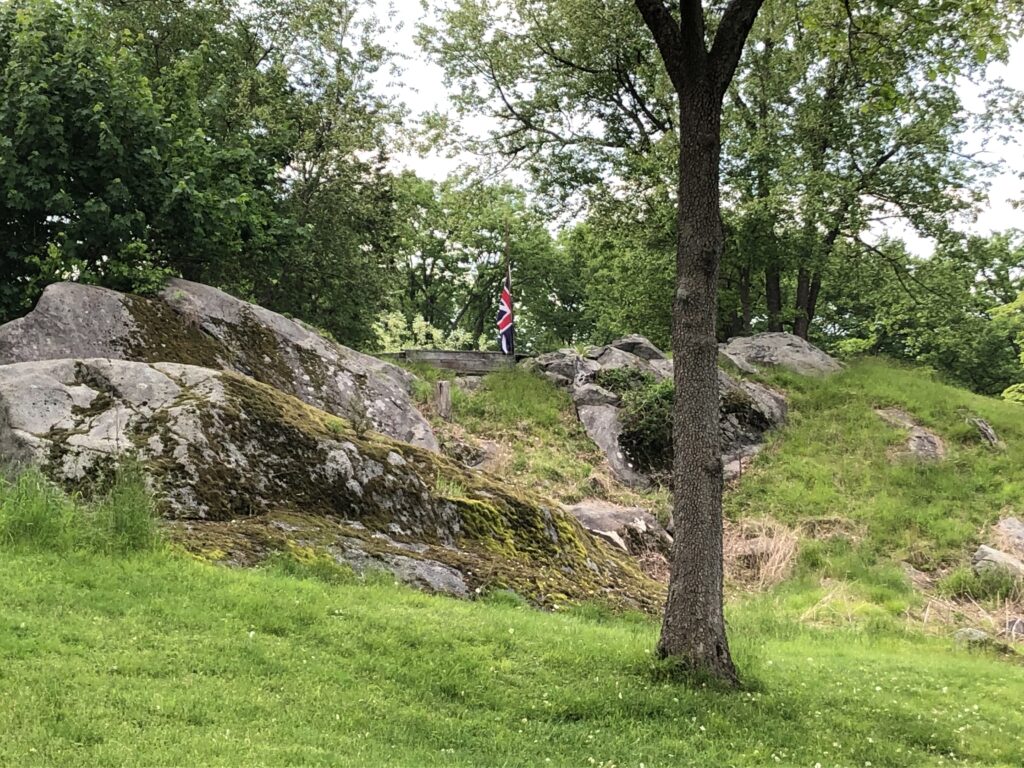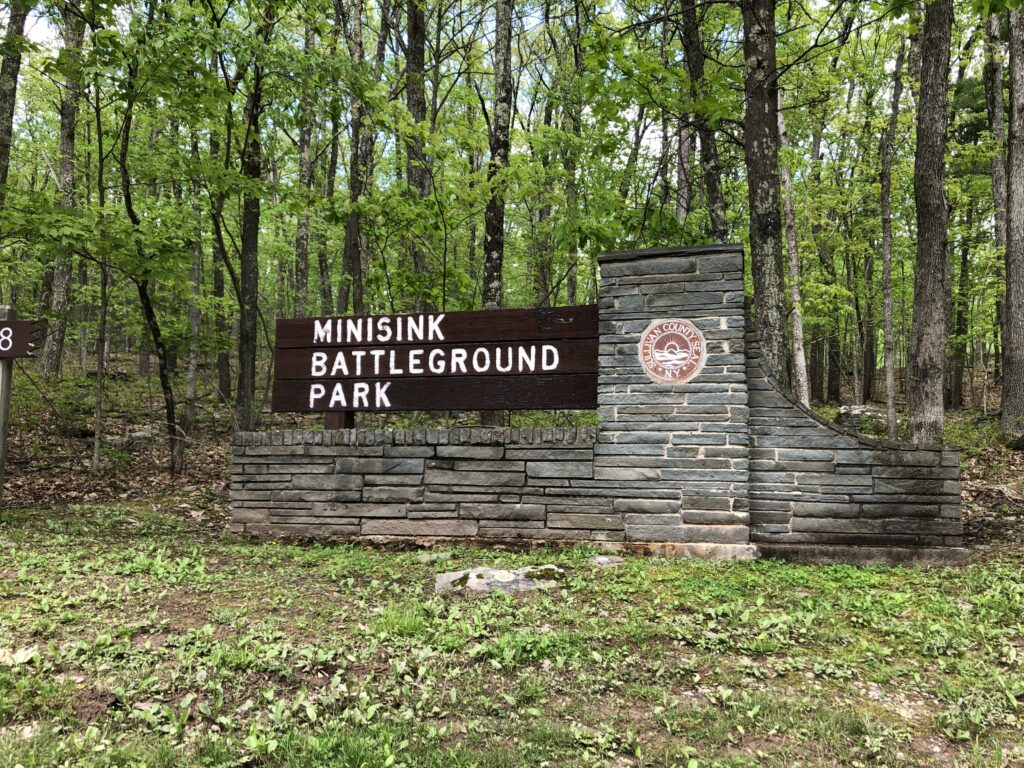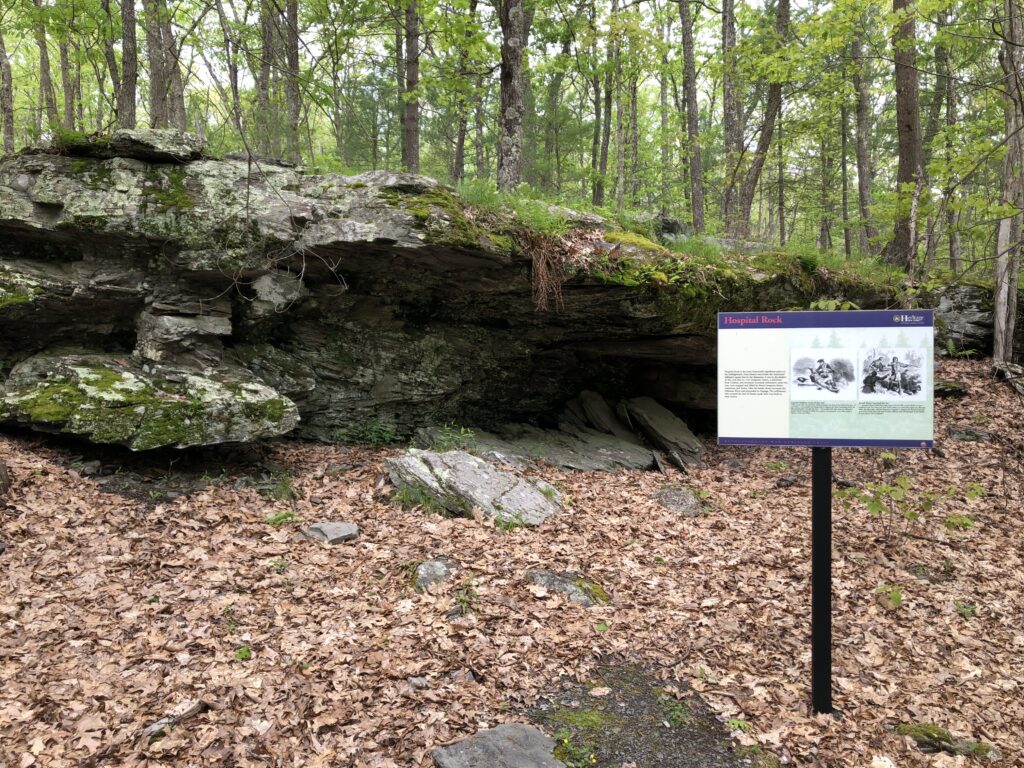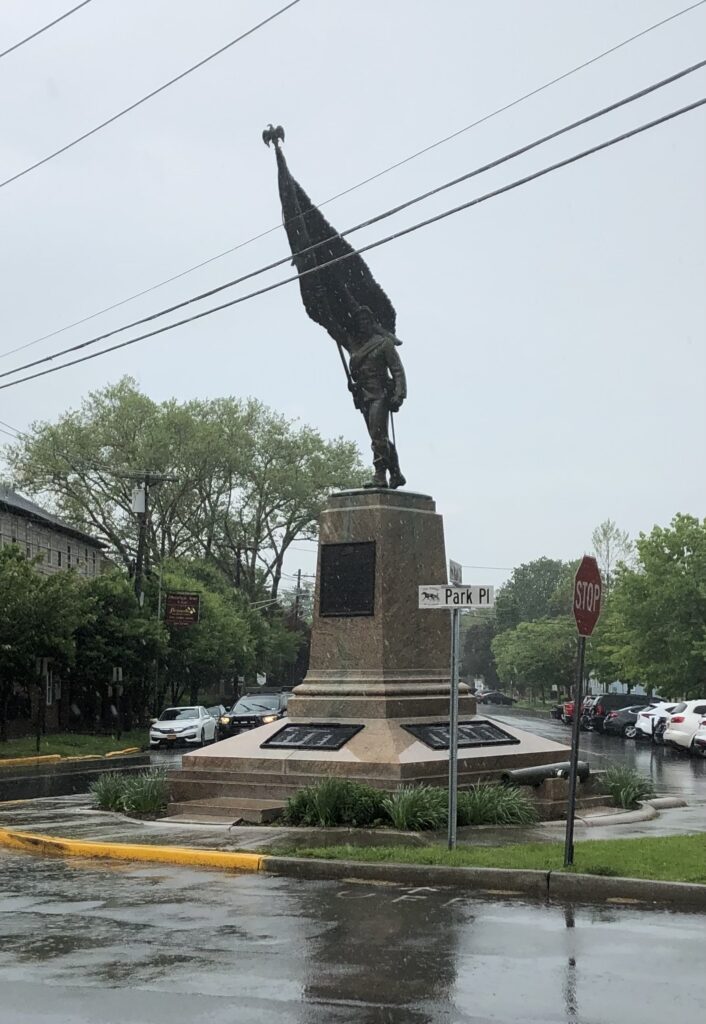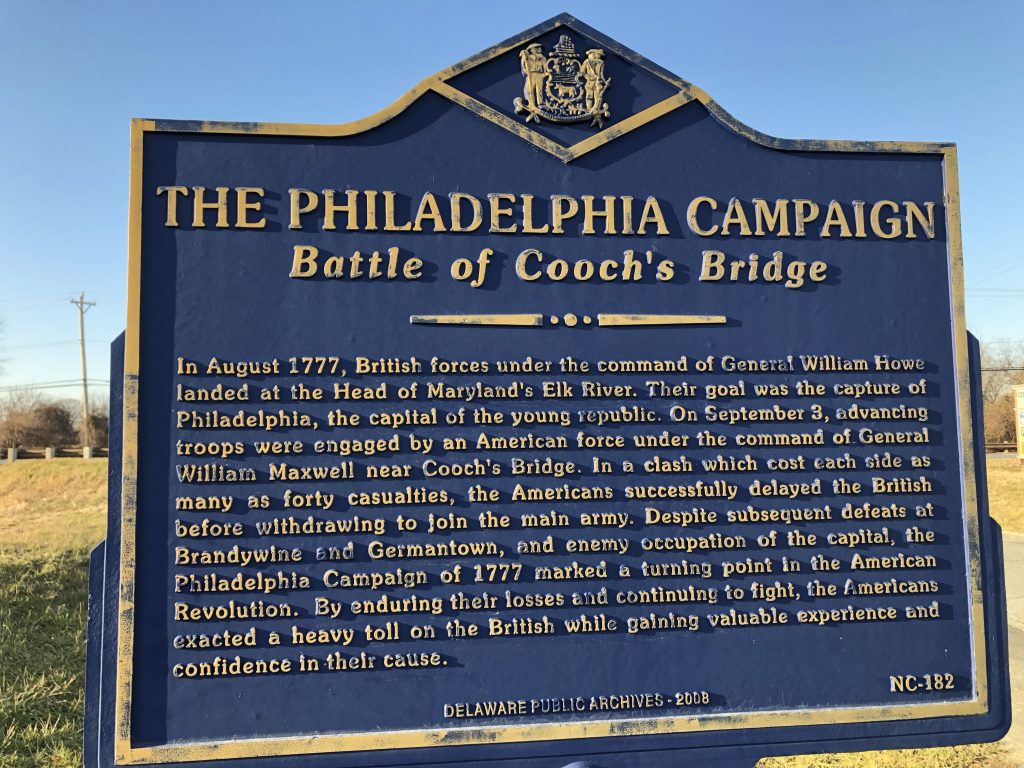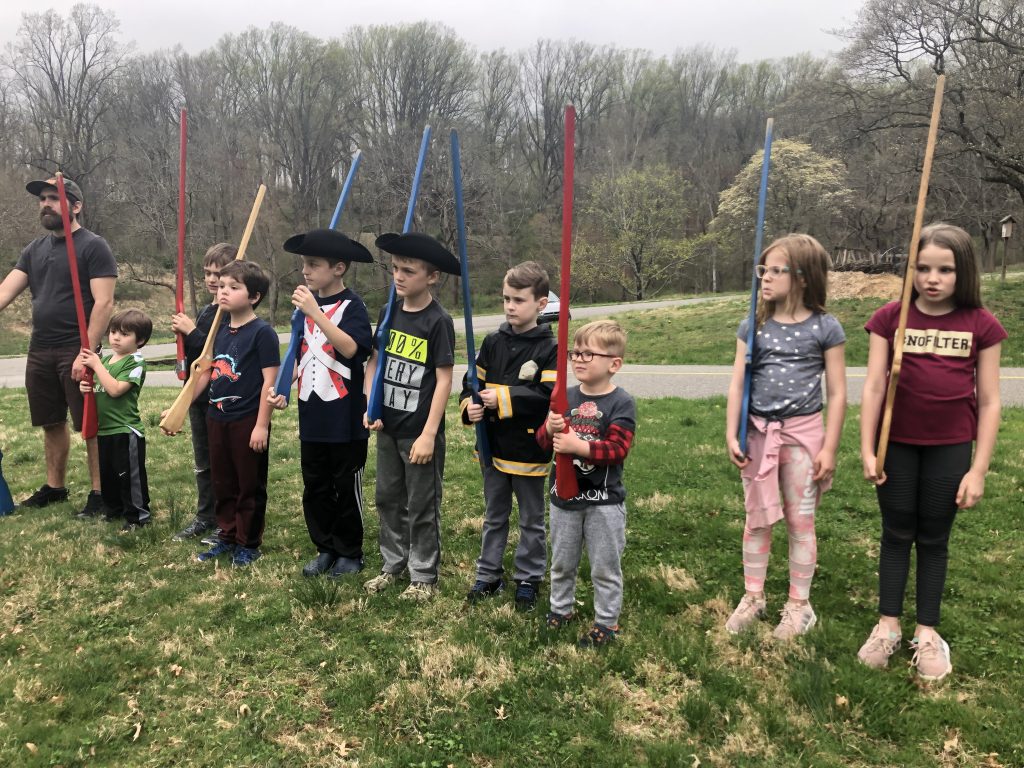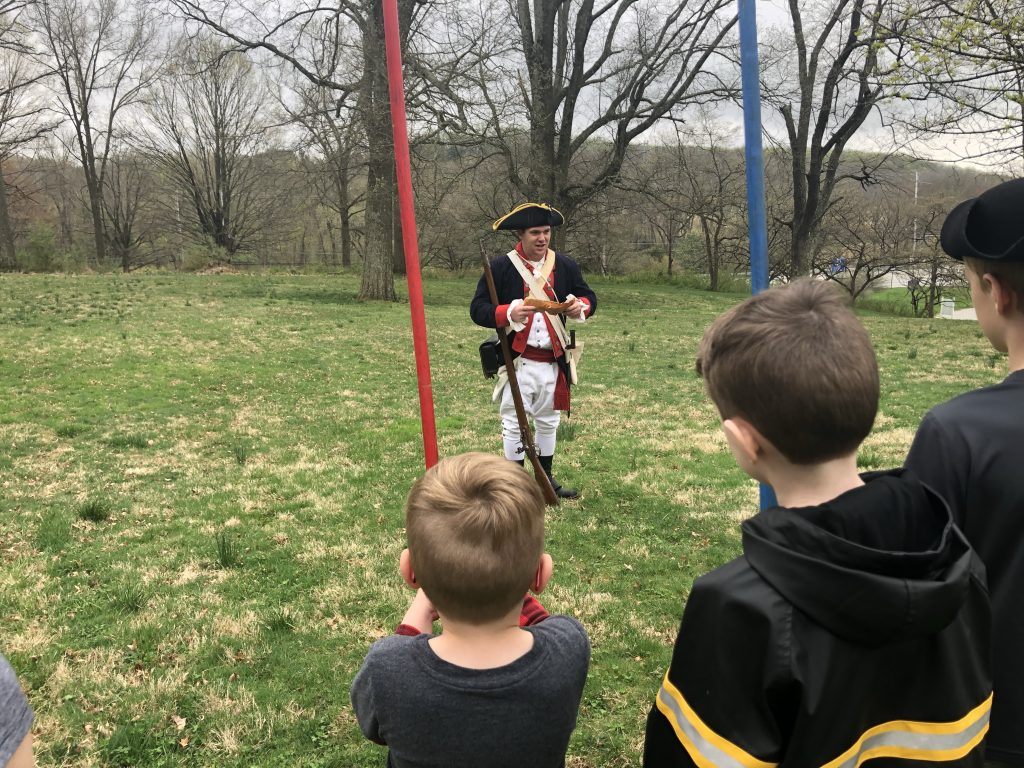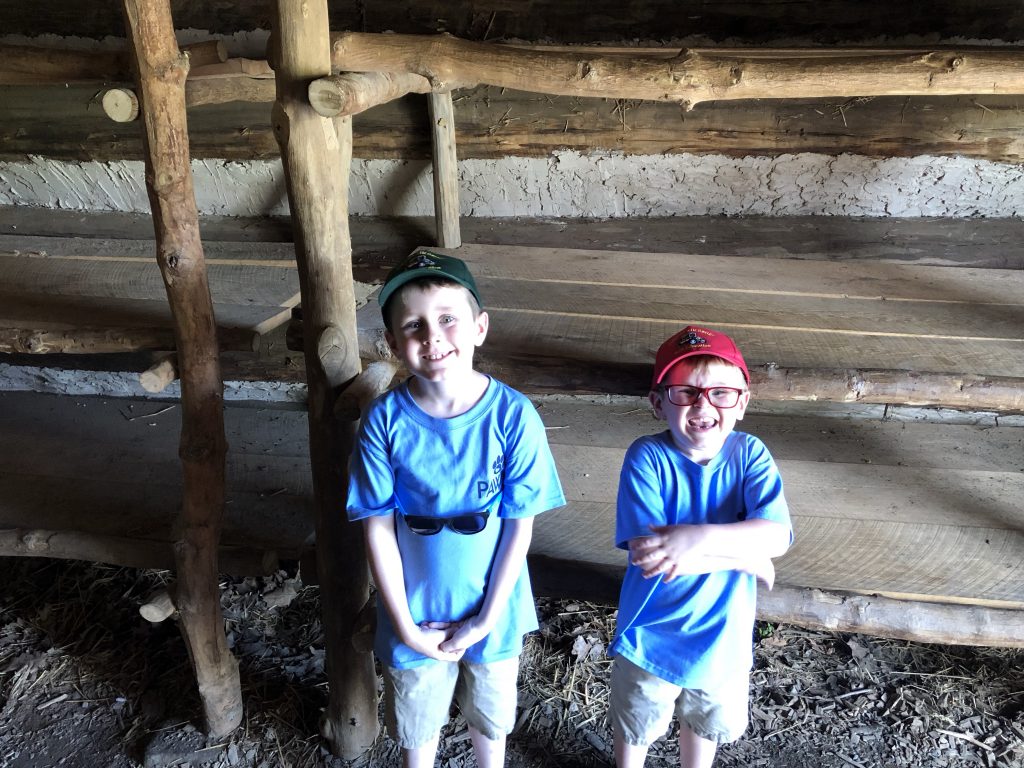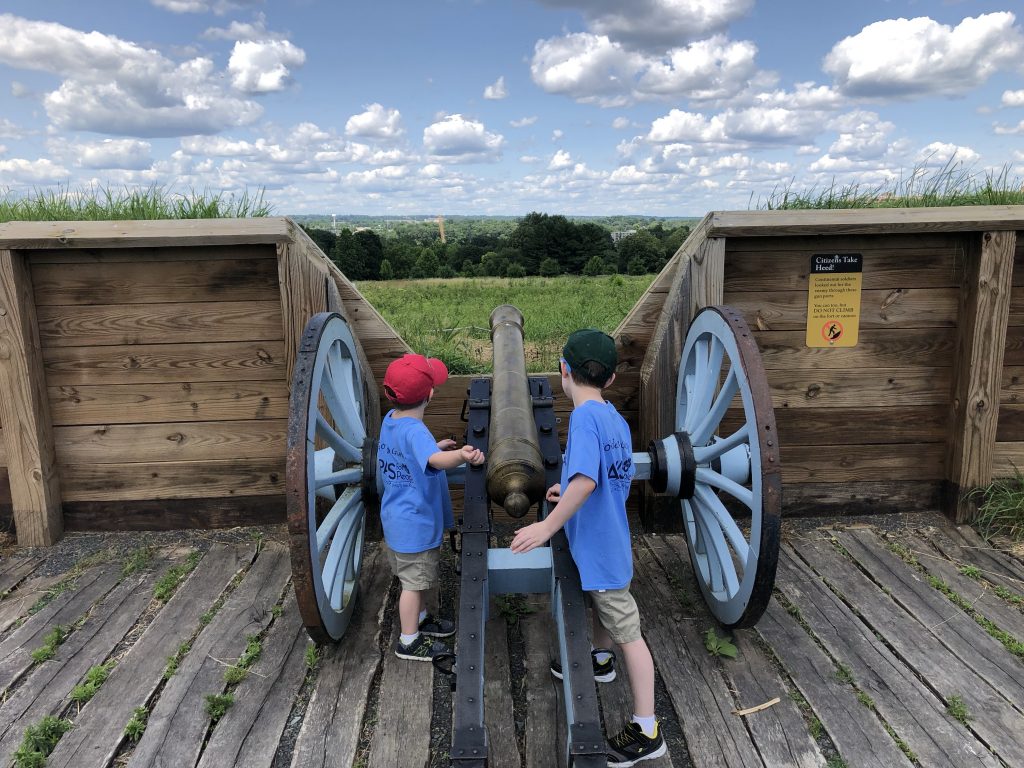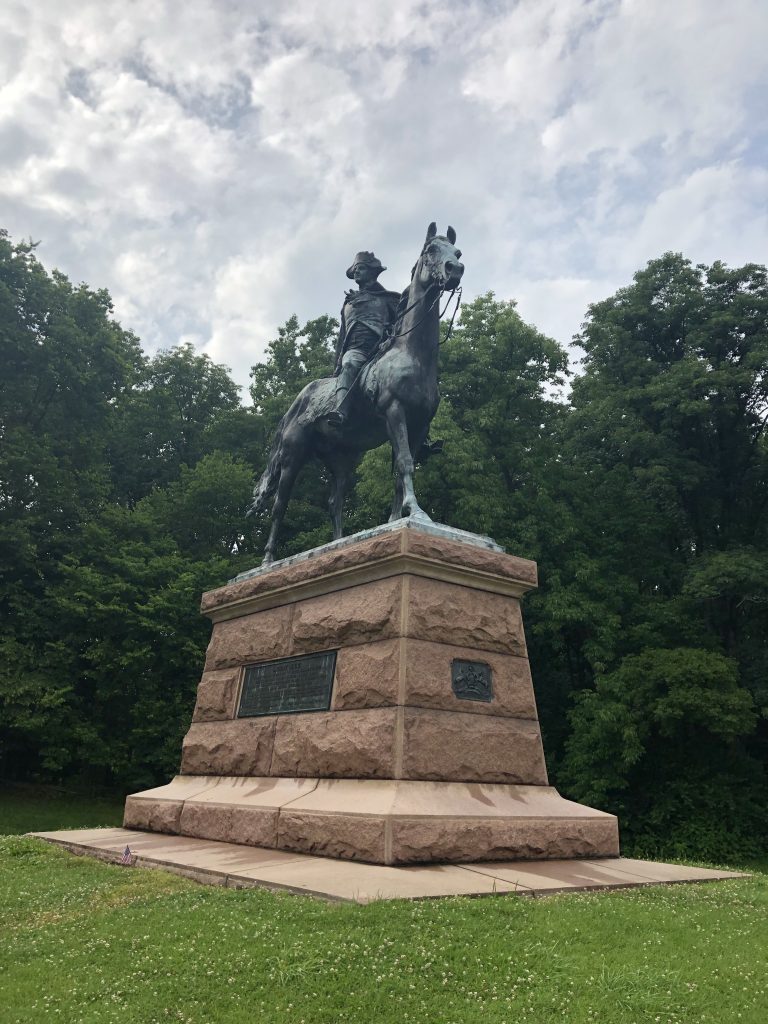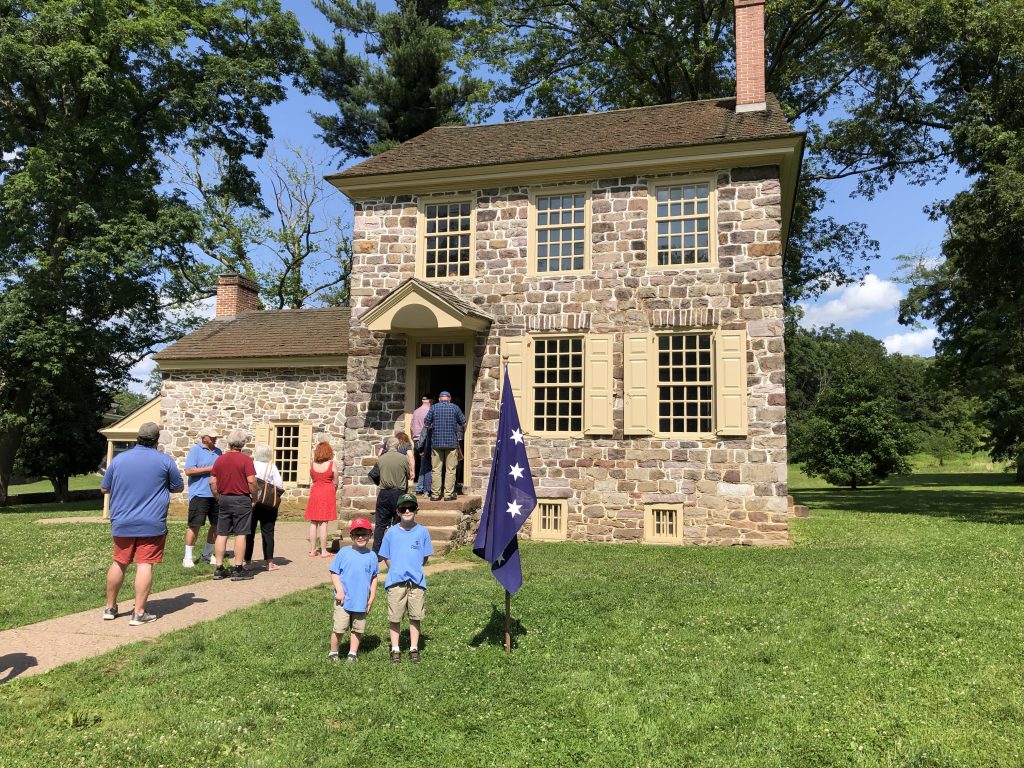Battlefield Visits, Revolutionary War Edition: Fort Montgomery
From my travels, May 21, 2019.
About halfway between the previously-mentioned Stony Point Battlefield and the famous United States Military Academy at West Point, is another Revolutionary-era fortification: Fort Montgomery.
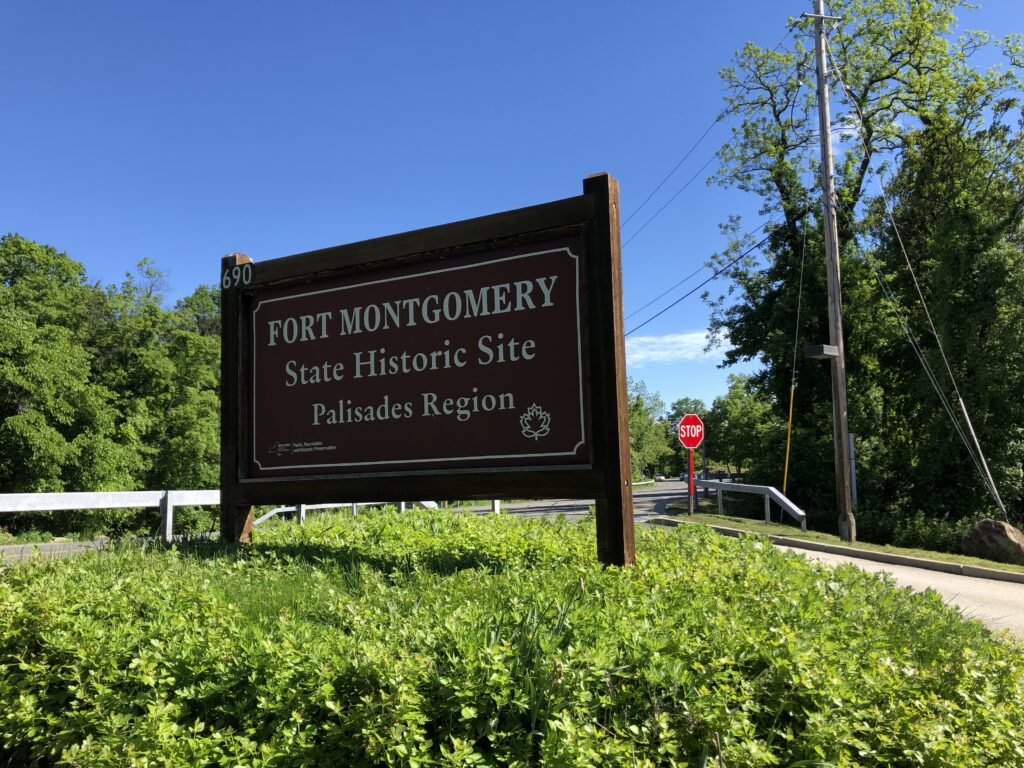
Built to defend a chain that was stretched across the Hudson River to prevent the British Navy from sailing upstream, the fort was still under construction in the fall of 1777. It was defended by a small garrison and by the mutually-supporting fort that was built on the south side of Poplopen Creek, Fort Clinton. The British attacked both forts on October 6, 1777. Since Fort Montgomery was still unfinished at that point, it was particularly vulnerable. The American forces were overwhelmed, and both forts fell with heavy casualties taken by the Continentals – mostly as prisoners.
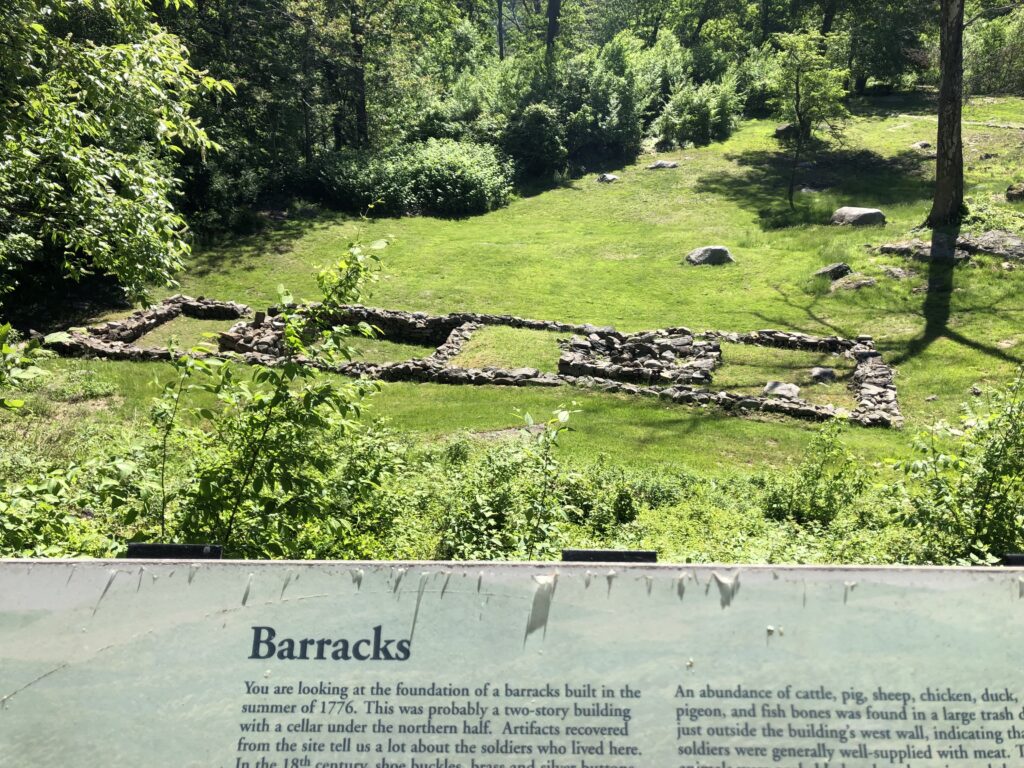
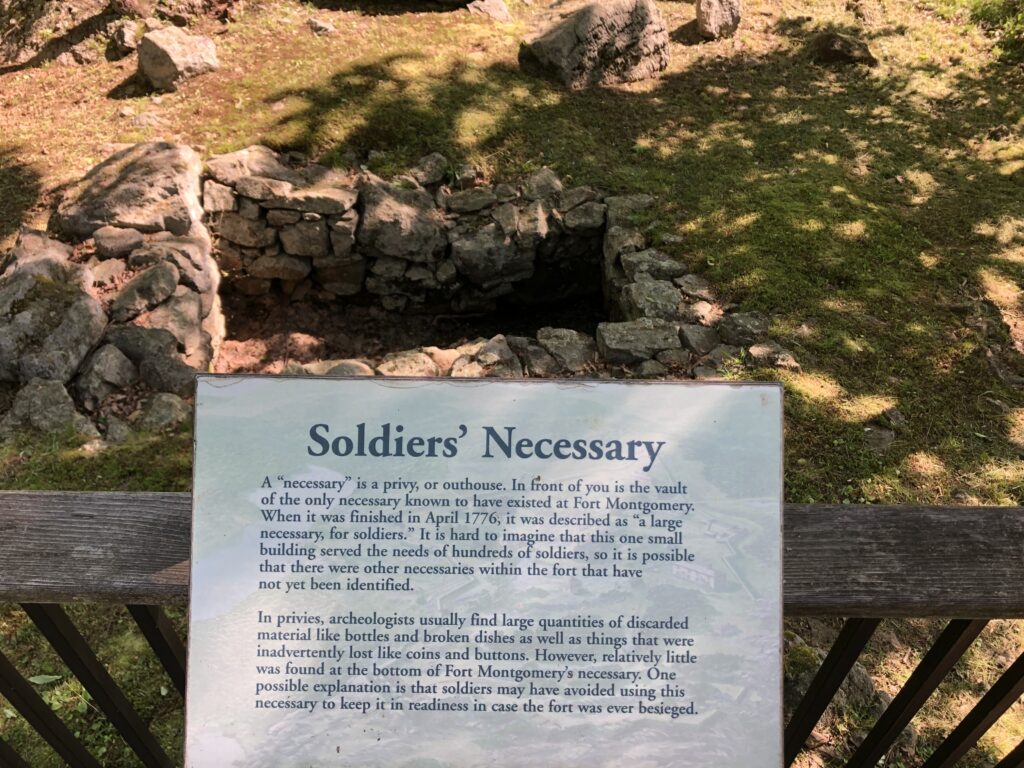
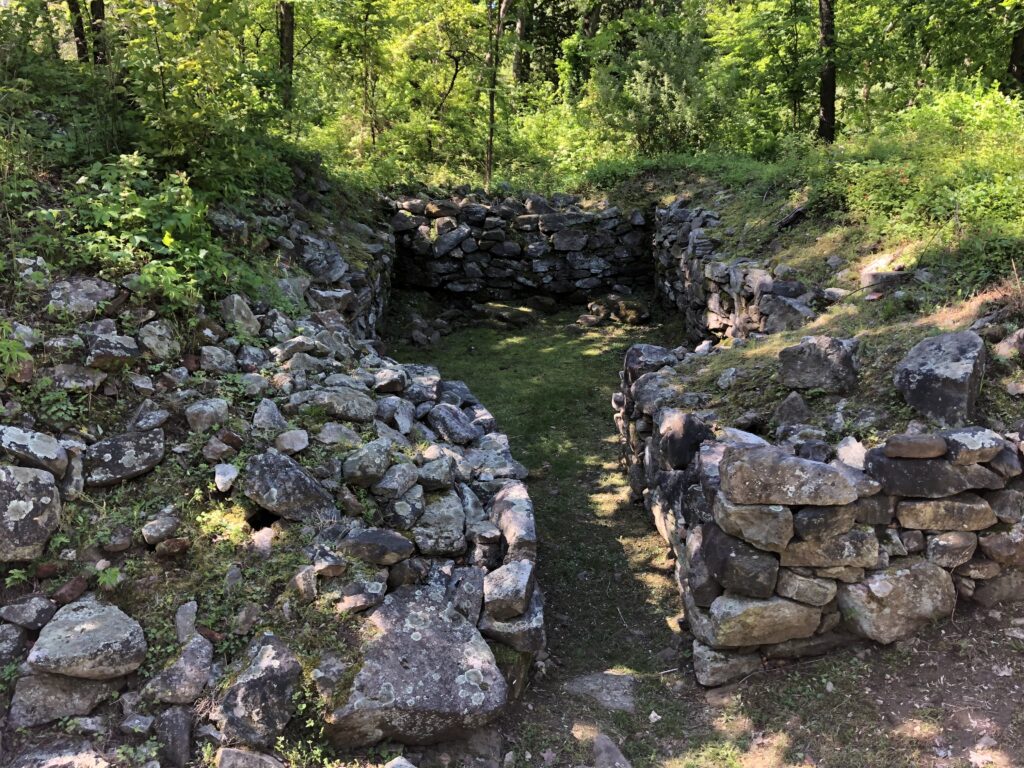
Today, the site is preserved as a New York State Historic Site, and like Stony Point, affords the visitor lovely views up and down the Hudson River Valley. There are plenty of ruins of foundations of many of the fort buildings, but its somewhat difficult to get a sense for what the fort was like just from that. It is very clear that a lot of archaeological work has been done in recent decades to get to this point, but the site doesn’t read as a “fort” to the modern visitor without a lot of imagination. It also doesn’t help that modern US Route 9W cuts a path directly through the original footprint of the fort.
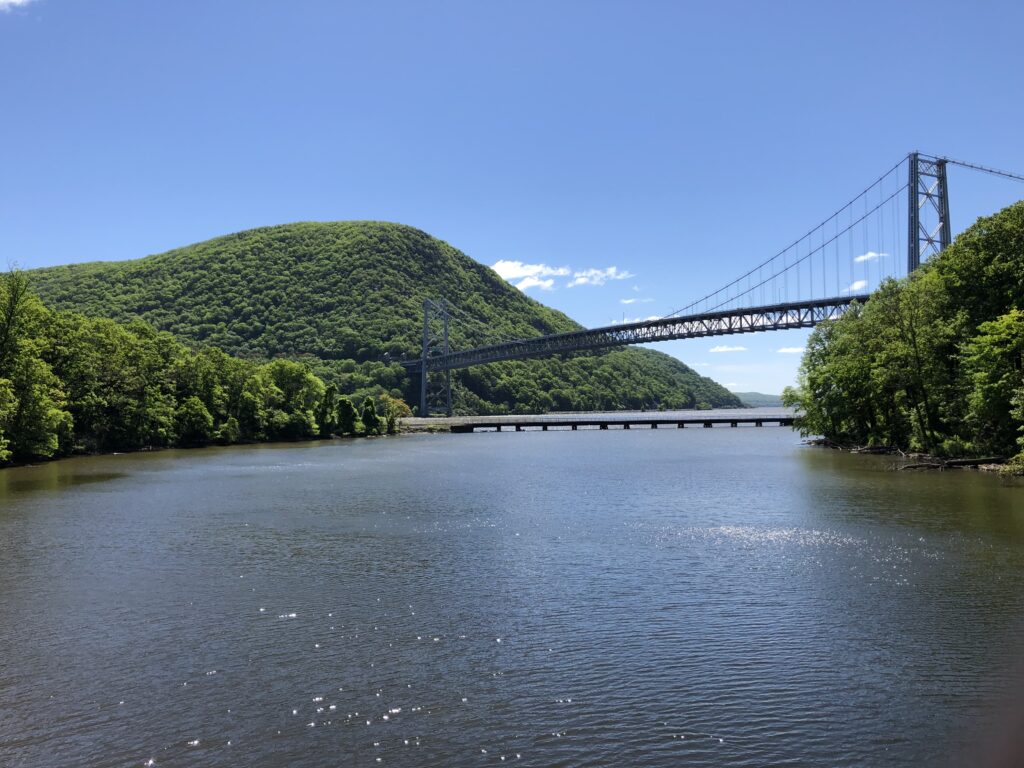
There were 3 artillery pieces (a 32-pounder, 16-pounder, and 3-pounder) displayed at one point along the walking tour of the fort, but they are unfortunately all reproductions. When I visited, the museum was closed, so I can’t say whether that would have helped with the interpretation. Sadly, it’s sister Fort Clinton was largely erased from the landscape in order to make way for the Bear Mountain Bridge and US-202. I’ve heard that there may be some remnants still within Bear Mountain State Park, but I did not explore myself.
All in all, the site is well-interpreted, and has a lot to offer in terms of archaeology and natural beauty, but the uninitiated may have difficulty piecing everything together from what is left here.
